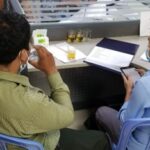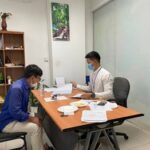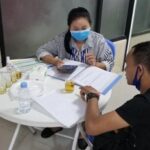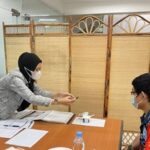A Central Location Test (CLT) is a quantitative market research method where participants are invited to a central location—such as a mall, hotel, or research facility—to evaluate a product, service, advertisement, or concept under controlled conditions. It is commonly used in consumer goods testing and advertising research.
🧪 Purpose of a Central Location Test
CLTs are designed to:
- Obtain quick consumer feedback.
- Compare multiple products or concepts side-by-side.
- Control the testing environment to ensure consistent
📍 Key Features of a Central Location Test
| Feature | Description |
| Location | A neutral, easily accessible venue (mall, community center, lab, etc.). |
| Controlled Setting | Ensures all participants have the same experience (e.g., same lighting, same instructions). |
| Stimuli Exposure | Participants are shown products, packaging, ads, or concepts. |
| Short Duration | Typically lasts 15–45 minutes per respondent. |
| Structured Questionnaire | Closed-ended questions for easy analysis. |
🛠️ How a CLT is Conducted
- Recruit Participants
- Pre-screened based on demographics (e.g., age, gender, usage behavior).
- Typically 100–500 respondents to allow for statistical significance.
- Show Stimuli
- Could be a food sample, advertisement, prototype, packaging, etc.
- Collect Feedback
- Participants fill out structured surveys on-site (often digital).
- Questions may cover liking, purchase intent, uniqueness, recall, etc.
- Data Analysis
- Quantitative analysis such as mean scores, rankings, cross-tabulations, and statistical testing.
✅ Advantages
- Controlled environment minimizes external bias.
- Immediate reactions—no memory decay or delay.
- Allows for direct comparison of multiple concepts/products.
- Fast turnaround time for results.
🧪 Common Use Cases
- Taste testing (e.g., new snack flavors).
- Ad testing (TV, print, digital).
- Packaging evaluation (design, appeal, readability).
- Concept testing (new product or service ideas).
📊 CLT vs. Other Methods
| Method | Key Difference |
| CLT | Centralized, controlled, in-person testing. |
| Home Use Test | Products are used in a real-world setting over days/weeks. |
| Online Survey | Broader reach, less control, lower cost. |
| Focus Group | Qualitative and discussion-based. |




